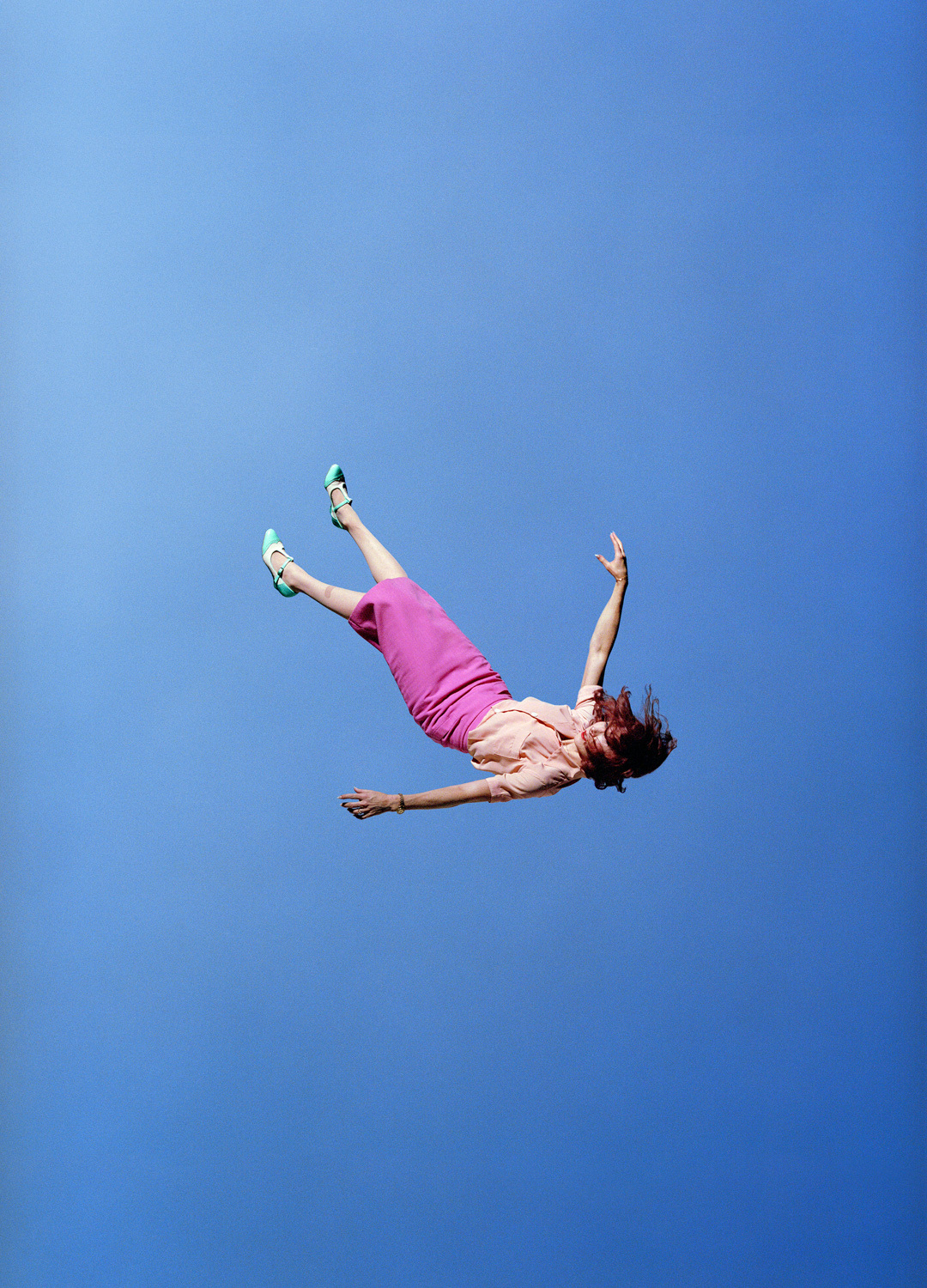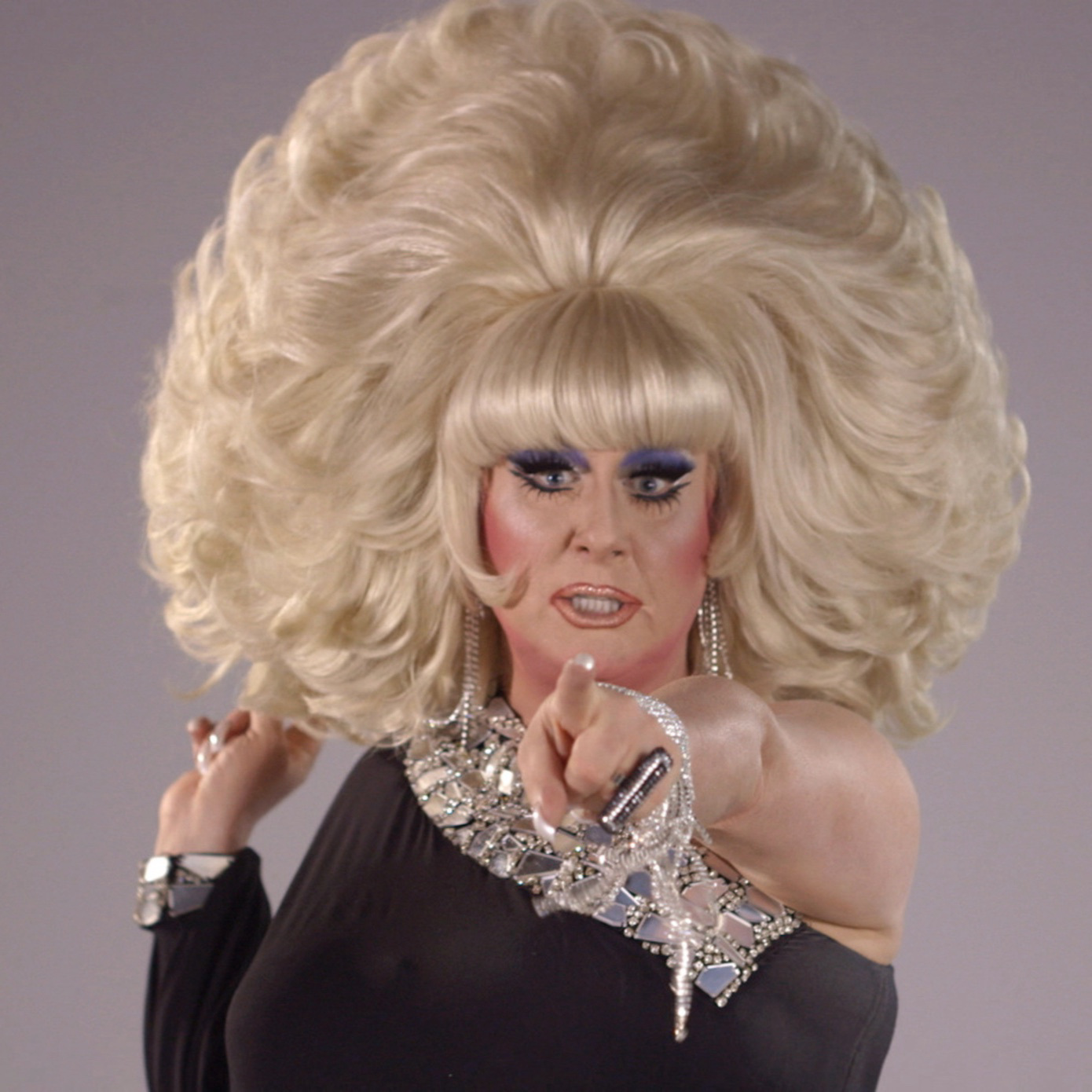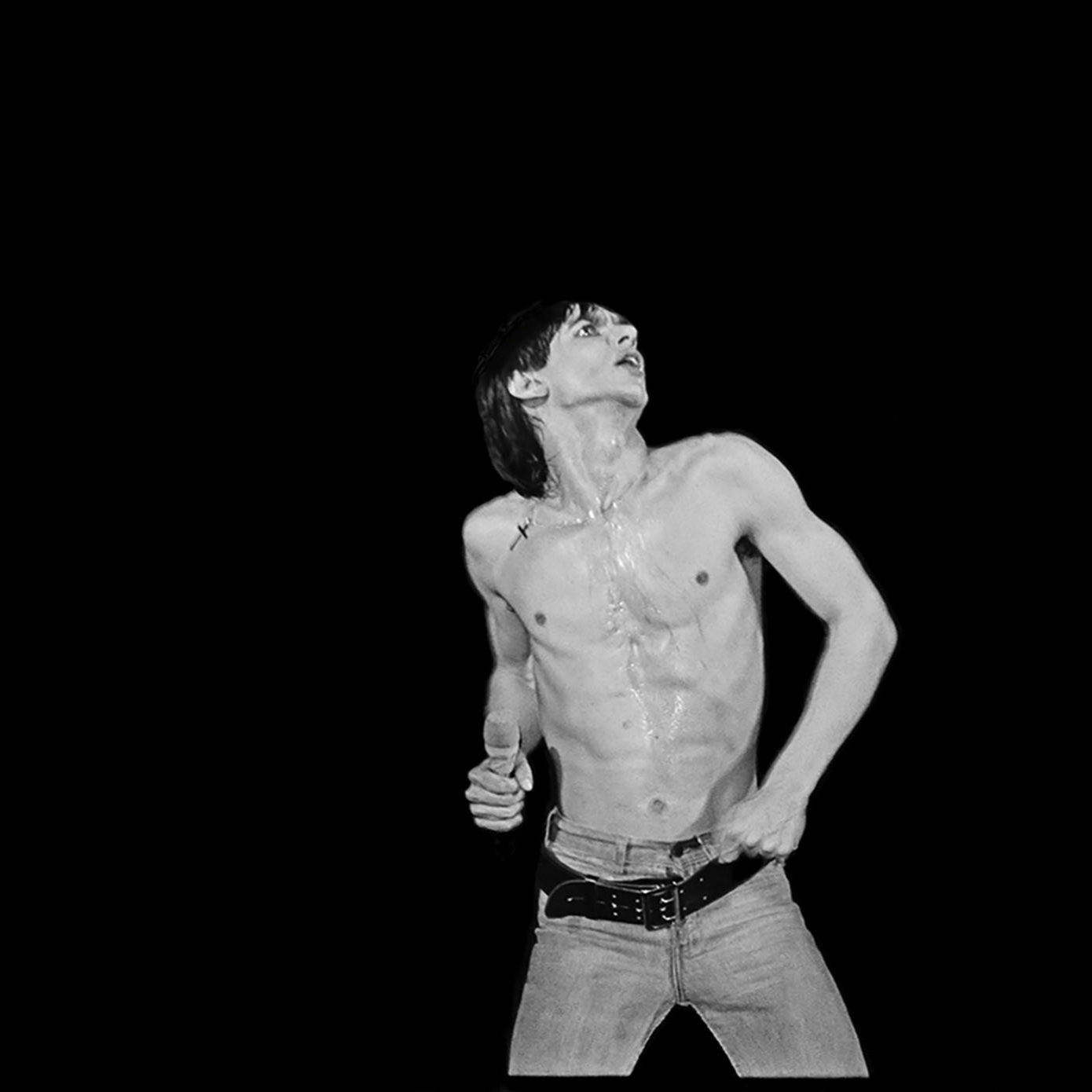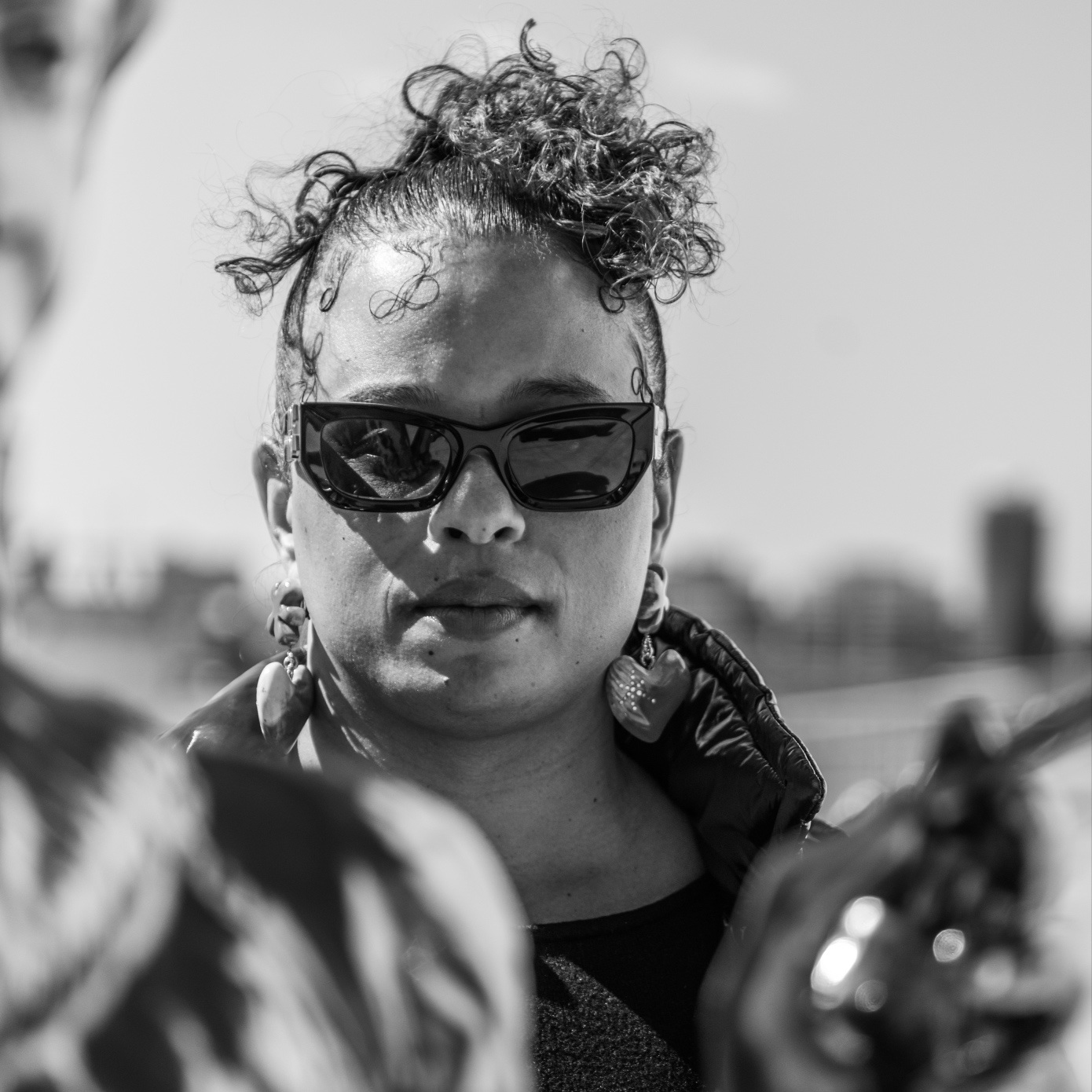Elizabeth Banks: You work with costume designers, set designers, hair and makeup, and lighting—tools we think of as more associated with film. What inspired you to bring all of these elements into your work?
Alex Prager: I grew up in Hollywood, and I started acting when I was eight years old, in an episode of Tales from the Crypt. I got to see the magic of special effects—a two-headed monster brought to life with animatronics, an empty soundstage transformed into a whole snowglobe of a world. It showed me from a young age what was possible, and that creative families form through film. I later found photography and contemporary art, a world very much outside of the LA I grew up in. It wasn’t until several years later that I found my way back to moving pictures.
Banks: People think of the photographer as solitary, out in the world with their camera. But your projects always bring together a “creative family,” as you say. Can you talk a bit about collaboration?
Prager: Collaboration is something that happens anyway—I’ve always felt that a project is not complete until the viewer interprets and digests it for themselves—but the process of collaborating while making something is vital. Having everyone’s life experiences bouncing around helps a project come alive in a way that it couldn’t otherwise.
Banks: I’m curious—the faces that you photograph are always so varied and interesting. What do you look for when you’re casting?
Prager: I look for faces that have stories written all over them. There are trends in beauty that are fascinating to look at after they’ve passed. I’m interested in the details: freckles, moles, and scars; whether they choose to hide them or not. Art is only important if it actually reflects who we are and how we connect with each other.
Banks: What makes a great image to you?
Prager: Run is my latest piece. I made it during the recent years of chaos we’ve collectively experienced. I find that a great work of art always poses a question, never an answer—answers lie with every viewer. I think the same is true for movies. How are movies different from contemporary art to you?
Banks: My relationship to art is very private. When I visit a gallery or museum, it’s for myself. I’m not there trying to have a shared experience; I’m only communing with whatever I’m taking in. That’s what I look for in art—an initial, intimate response that something can grow from. But as a filmmaker, I’m trying to entertain. I love that in movies you have the setup and the payoff; there is a journey, but you’re not left with tons of questions. At the end of Jaws, you’re not like, What was that about? With film and television, I want to create a communal experience. I want to make something that moves like a virus moves through a room, infecting everybody.
Prager: I’ve never heard it put that way.
Banks: There’s a great responsibility in creating culture, whatever it is. And at a mass scale, the intention behind every choice becomes even more important. There’s a little more pressure in it for me as an artist—I can’t just dismiss that, you know?
Prager: How do you deal with that responsibility?
Banks: It’s about trying to make something lasting, a legacy that reflects me and what I care about. Do you have a process? Has it changed over the years?
Prager: In the beginning, I would take a long moment of peace before going into the next project. It would be a process of stepping away, and there was this coy flirtation with the next project until I couldn’t hold it in anymore. But now I’m onto the next project before I’m halfway through the first one. So my process is just getting through each day. It doesn’t sound very romantic, but I’m madly in love with what I do. That’s the biggest thing I struggle with: there’s always something that I must make next.
Banks: People tell me, “You’re so busy, do you ever take a nap?” I’ve actually never taken a nap in my life. We create our creative lives. I mean, we’ve woken up every day since we were 20 years old and said, “What is the hustle today? What’s going to move me forward?” When you actually find success, it opens up more choices. The best advice that I’ve ever received is the power of saying “no.” Now, I have to be so passionate about a project that I’m willing to leave my kids to do it. That’s a high bar. The thing about making art is it impacts your psychology and emotional life. I play roles and suddenly I dress like my character, and my whole wardrobe feels like a costume. So, I have to be really careful. That’s also, frankly, why I tend to make joyful films, because that energy reenters my life.
Prager: Is that one of your ways of being responsible?
Banks: For sure. I think it’s also a thing that men don’t deal with nearly as much.
Prager: I was going to say that. It’s totally normal for a man to leave town for work. For me, there’s a low level of guilt almost every time I’m away for longer than a few days, because I’m addicted to my son. I always thought that as long as I could afford a nanny, I could keep working as much as before. But the second I had a kid, I wanted to be around him all the time.
Banks: I appreciate the way you say that. I’ve let go of a lot of the guilt—partly because my kids are at school most of the day, and partly because I realize that taking them with me is selfish. They’re like, “We have lives. We have friends and basketball practice.” In the end, they’re basically over me. How do you maintain your sense of originality?
Prager: I’ve always believed that the more I listen to my gut, the louder it gets. But I also have to make sure that I’m educating myself on what came before me and what is happening now. Something happened recently with Alejandro Gonzalez Iñárritu. There’s a scene at the end of Run where everyone’s “asleep” on the ground. Iñárritu’s film Bardo has almost the exact same shot. Bardo hadn’t been released yet and Run was still in post-production when I discovered this, and I immediately emailed him saying, “I haven’t seen the movie yet, but we made the same picture.” He wrote back and said, “We met in the same dream.” I think artists do this a lot—we make pictures that reflect our desire to understand life in a larger way, and sometimes we end up making the same one.

Banks: When I saw Run, I thought of war movies—a general looking across the battlefield at the destruction and death, asking himself, What’s my place in this? Why am I a survivor? So, you and Iñárritu both ripped off old war movies.
Prager: And war movies rip off real life. I love when you hear an artist say that they came up with an idea completely by themselves, without being inspired by anything they ever saw.
Banks: I like that we’re blatantly laughing at any artist who says that out loud. I mean, there are only, like, nine stories you can possibly tell, and the Greeks wrote most of them down. Every story we tell is about wanting, love, and loss.
Prager: Exactly. Recent years have felt so chaotic, manic, and intangible. There’s a Joseph Campbell quote that I came across while making Run that really resonated with me, “Participate joyfully in the sorrows of the world.” Making a film at this moment felt cathartic. It was a great reminder that one thing can affect everybody. We’re all in this. Nobody is alone.




